Empathy and Transformation
Back in 2004 I listened in on a conference session that featured, Bill Drayton, founder of Ashoka, one of the first organizations to support social entrepreneurship. I was excited to hear from Drayton, as he was such a legend in the field. I was sure he’d share some valuable wisdom that I could use in the nonprofit consulting firm I was leading.
Drayton spun through the history of Ashoka and then laid out a vision for where he and Ashoka were headed next. “We’re going to focus on supporting social entrepreneurs who are building empathy.”
“Huh,” I said to myself, “That was not what I expected.” Drayton was a visionary so I wanted to give his perspective some credence. But, frankly, it befuddled me.
Fast forward 16 years. I’m a different person and the world’s a much different place. Well, perhaps the world isn’t all that different but it feels different for many. For example, the racial disparities laid bare by the pandemic, and systemic racism revealed within our police force, aren’t new. They’ve just become graphically uncovered for a large swath of the population for whom disparities and systemic racism were remote concepts before. What is new is that systemic racism has become a central part of the national dialogue in the wake of George Floyd’s horrific death.
So 16 years later it now makes perfect sense to me why Bill Drayton felt that building empathy was so essential. And, as the entire world seeks work-arounds to a U.S. president who is 100% lacking in empathy, the critical connection between empathy and building equitable systems is becoming crystal clear.
And yet, in many of our societal improvement efforts—reforming the criminal justice system, reimagining schools, reducing homelessness for example—empathy is given a seat in the corner. I am not suggesting that the people involved in these efforts aren’t empathetic individuals. Many of them, particularly those involved in direct service, have huge reservoirs of empathy. However, the initiatives for collective improvement in these areas—convened by foundations, nonprofits, government, and business—often bypass empathy in the rush to prioritize dimensions such as “efficacy,” evidence-based strategies, and policy designed to work at scale.
These are all good things but they won’t serve to transform outcomes unless empathy is put at the center of processes to arrive at collective change. Building empathy means taking the time to reach a shared understanding of where others are coming from. It’s not, in and of itself, the complete process for change. But change—particularly transformational change—can’t happen without it.
Consider the perspectives of a community member involved in a K-12 school collective change effort in a city of 500,000 people that had experienced significant racial strife. In this case, the process undertaken intentionally designed in empathy building for a collective set of stakeholders that included district administrators, teachers, parents, students, faith based organizations, community based organizations, higher ed, early childhood and local business. The community member shared her perspective on the value of empathy building, particularly related to people understanding where others were coming from on race and racial inequity.
“. . . The issue of race and racial inequities was included in the conversation, a first for our community. It was honest, emotional and intense. As we each told our story, we recognized we are more alike than we are different and want the same things—an exemplary education for our children. At the core of every sentence was a REAL commitment to move ALL children to not just meeting minimum state standards but exceeding them.”
The community member went on to express her sense of what was possible once empathy was built among the various players. She saw a future much better than today.
“For the first time since my children began their academic career, I see glimpses of a beautiful future for marginalized students of color in our community where leaders who were formerly foes are now working diligently behind the scenes in unison.”
Supporting a collective set of players in finding empathy for each other even if they don’t all agree with one another is essential work to moving from incremental to transformational outcomes. Bill Drayton had it right 16 years ago. Empathy is where it’s at. Always has been. Always will be.
Are you incorporating empathy building into your collective change efforts?

